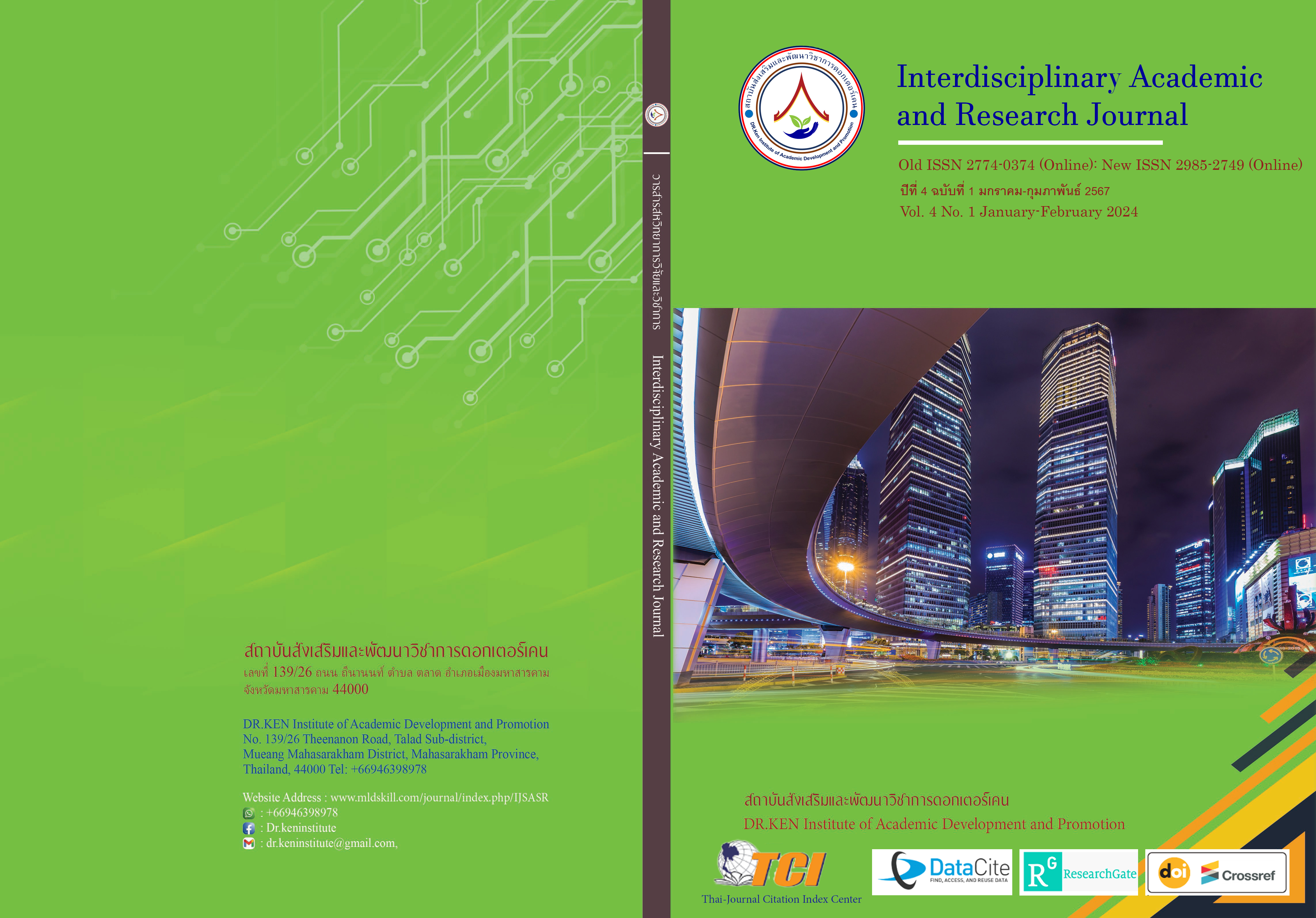Branding Strategies of Private Universities in the Digital Era
DOI:
https://doi.org/10.60027/iarj.2024.272563Keywords:
Brand; , Branding Strategy; , Private Universities; , The Digital AgeAbstract
Background and Aims: Higher education institutions are becoming more competitive every year, which can be seen from the number of students entering universities decreasing yearly. Due to the changing population structure. The birth rate has dropped significantly. In addition, the value of pursuing a degree and its importance in the new generation has decreased because they can access new and different careers that are more open. As a result, there is more supply than demand. Current higher education institutions, especially private universities, have to compete more than public universities. They must adapt and develop both the quality of the curriculum and the marketing by creating brands that are more valuable and interesting than in the past. Moreover, they have to plan brand-building strategies in line with social trends in the digital age to make a difference and attract students to study continuously. This article presents 8 issues of branding strategies of private universities in the digital era
Methodology: This study is a study of related documents and research. Analyze and present according to the educational objectives.
Results: The 8 issues of branding strategies of private universities in the digital era; namely displaying the university's identity through online channels, marketing through content that is valuable and useful to website visitors, search Engine Optimization, email marketing, Changing the personality of the university to reach the target group, digital storytelling, Pay-per-click advertising, and presentations that are consistent in every aspect.
Conclusion: The eight pain points identified outline a holistic approach to branding strategies for private universities in the digital age. From an online presence to a consistent presentation Together, these strategies form a comprehensive framework aimed at optimizing digital presence. Attract the target audience and promote a positive image for private educational institutions in the evolving digital landscape.
References
นุชราภรณ์ เลี้ยงรื่นรมย์. (2565). มหาวิทยาลัยแบบไหนครองใจนักศึกษาไทย. Retrieved August 15, 2023 from: https://www.theprachakorn.com/newsDetail.php?id=701
สำนักงานปลัด กระทรวงอุมดมศึกษา วิทยาศาสตร์ วิจัยและนวัตกรรม. (2566). ข้อมูลสถาบันอุดมศึกษา. Retrieved August 15, 2023 from: https://info.mhesi.go.th/homestat_academy.php?fbclid=IwAR0fRmW3nIURYTacMH1bXnbeoMN-KzqT_RxnJ64ZgONLOQM88Cnwan1T6XI
สำนักงานสภาพัฒนาการเศรษฐกิจและสังคมแห่งชาติ (สภาพัฒน์). (2565). รายงานจำนวนนักเรียนที่เข้าศึกษาต่อ. กรุงเทพฯ: สำนักงานสภาพัฒนาการเศรษฐกิจและสังคมแห่งชาติ.
อลิสรา รุ่งนนทรัตน์ ชรินทร์สาร. (2561). การสื่อสารการตลาดแบบบูรณาการ: ต่อให้ติดใกล้ชิดผู้บริโภค ในโลกไร้รอยต่อ. กรุงเทพฯ: แอคทีฟ พริ้นท์.
Collins, A. (2022). What Is Brand Strategy? Definition and Guide. Retrieved on 25 August 2023 from https://www.shopify.com/blog/brand-strategy
Ippoodom, T.. (2017). Thai university crisis when educational institutions wage war over students for survival. Retrieved August 12, 2023 from: https://thematter.co/social/war-of-thai-university/25611
Kapferer, J-N. (2004). The New Strategic Brand Management. Journal of Brand Management: Advanced Collections, 25-41. DOI 10.1007/978-3-319-51127-6_2
Keller, K.L. (2001). Building Customer-Based Brand Equity. Marketing Management, 10, 14-21.
Oberlo. (n.d.). What is Branding? 25 August 2023 from https://www.oberlo.com/ecommerce-wiki/branding
THE BATTLE. (2019). Who said that the number of students is decreasing and there is a university crisis? Why are private universities growing? Retrieved August 12, 2023 from: https://marketeeronline.co/archives/107530
Tinnakorn, C. (2563). NESDB warns of "deserted universities", a crisis for Thai higher education. Retrieved August 15, 2023 from: https://www.blockdit.com/posts/5f3b315b7b54741b6b692b18
Downloads
Published
How to Cite
Issue
Section
License
Copyright (c) 2024 Sukhum Pinwithe, Apinun Untaweesin

This work is licensed under a Creative Commons Attribution-NonCommercial-NoDerivatives 4.0 International License.
Copyright on any article in the Interdisciplinary Academic and Research Journal is retained by the author(s) under the under the Creative Commons Attribution-NonCommercial-NoDerivatives 4.0 International License. Permission to use text, content, images, etc. of publication. Any user to read, download, copy, distribute, print, search, or link to the full texts of articles, crawl them for indexing, pass them as data to software, or use them for any other lawful purpose. But do not use it for commercial use or with the intent to benefit any business.
















.png)


